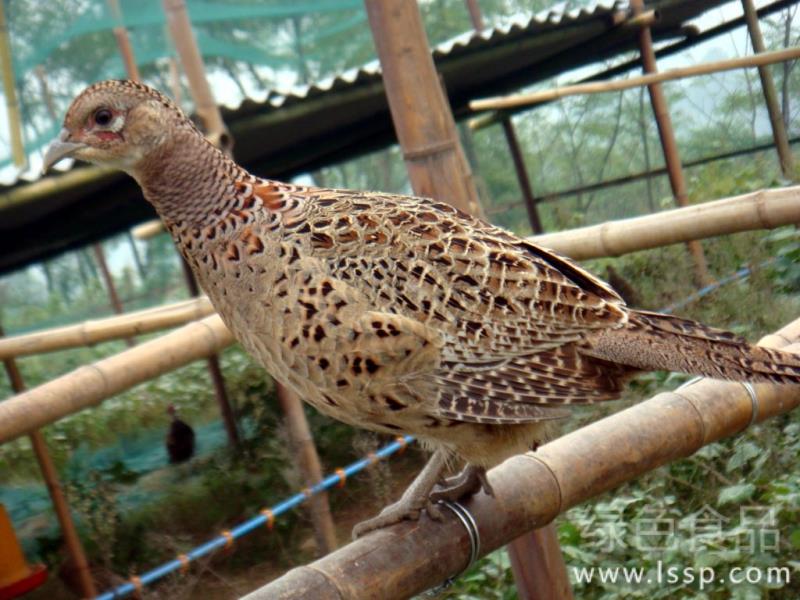The mortality rate of toxemia in pregnancy is as high as 70%. How to prevent and cure toxemia in ewes
Pregnancy toxemia, also known as pregnancy ketoemia, is a metabolic disorder that occurs at the end of pregnancy in ewes. The main symptoms are hypoglycemia, ketoemia, ketonuria, prenatal paralysis and liver steatosis. It usually occurs in twins or triplets, with a mortality rate of more than 70%.

Sheep
First, the cause of the disease. Improper feeding and management of ⑴, single feed, lack of protein and sugar in the diet of ewes, resulting in nutritional insufficiency. ⑵ pregnant sheep had good nutrition in the early stage, poor nutrition in the later stage and lack of exercise. Substance metabolism disorder in ⑶ pregnant sheep. With the growth and development of sheep fetus, but ewes can not meet the needs of sheep fetus and themselves, using liver glycogen and fat. ⑷ uterus and placenta, insufficient blood supply, high uterine tension or polyhydramnios, etc., oppress uterine blood vessels and lead to local ischemia, resulting in early placental exfoliation. ⑸ climate sudden change, pain, stress and other external factors, adrenocortical aldosterone increased.
Second, symptoms. At the beginning of the illness, depressed spirit, loss of appetite, pale mucous membrane, unstable walking. In severe cases, loss of appetite, yellowing of visual mucosa, difficulty in standing up and lying on the ground, head to the side, muscle spasm, dyskinesia, hindquarters paralysis, dilated pupils, loss of vision, rapid heartbeat, dyspnea, grinding teeth, coma and death. The content of protein and sugar in blood decreased, ketone body increased, and ketone body appeared in urine.
III. Prevention and control measures
1. Preventive measures: improve the feeding environment and strengthen the feeding management. Pregnant ewes in winter and spring house feeding, feed to a variety of protein, calcium, phosphorus and other minerals, green feed should be adequate, but also appropriate exercise. In 1-3 days before delivery, the blood lipids and urine ketones of pregnant sheep were tested for early detection and early treatment.
2. Treatment measures. Protect liver, reduce blood ketone, promote metabolism and prevent acidosis.
⑴ general diseases: liver protection, blood ketone, intravenous injection of 100-200ml 20-50% glucose, plus 0.5g vitamin C, 1-2 times a day for 3-5 days. At the same time, take 10-20 grams of sodium propionate twice a day for 1 week. Promote metabolism, intramuscular injection of 0.05 grams of vitamin B1 and 0.5 grams of vitamin B6. To correct acidosis, 50 ml of 5% sodium bicarbonate was injected intravenously for 3 days.
Few diseases of ⑵: when the condition of the ewe worsens and endangers the life, the pregnancy should be terminated. Induction of labor with dexamethasone or chloroprostol and, if necessary, caesarean section.
- Prev

September is the peak season for fish growth. Comprehensive management measures for adult fish in September.
September is the peak season for fish growth. Comprehensive management measures for adult fish in September.
- Next

How to prevent and cure colibacillosis in pheasant with poor appetite in green and white faeces
How to prevent and cure colibacillosis in pheasant with poor appetite in green and white faeces
Related
- On the eggshell is a badge full of pride. British Poultry Egg Market and Consumer observation
- British study: 72% of Britons are willing to buy native eggs raised by insects
- Guidelines for friendly egg production revised the increase of space in chicken sheds can not be forced to change feathers and lay eggs.
- Risk of delay in customs clearance Australia suspends lobster exports to China
- Pig semen-the Vector of virus Transmission (4)
- Pig semen-the Vector of virus Transmission (3)
- Five common causes of difficult control of classical swine fever in clinic and their countermeasures
- Foot-and-mouth disease is the most effective way to prevent it!
- PED is the number one killer of piglets and has to be guarded against in autumn and winter.
- What is "yellow fat pig"? Have you ever heard the pig collector talk about "yellow fat pig"?

